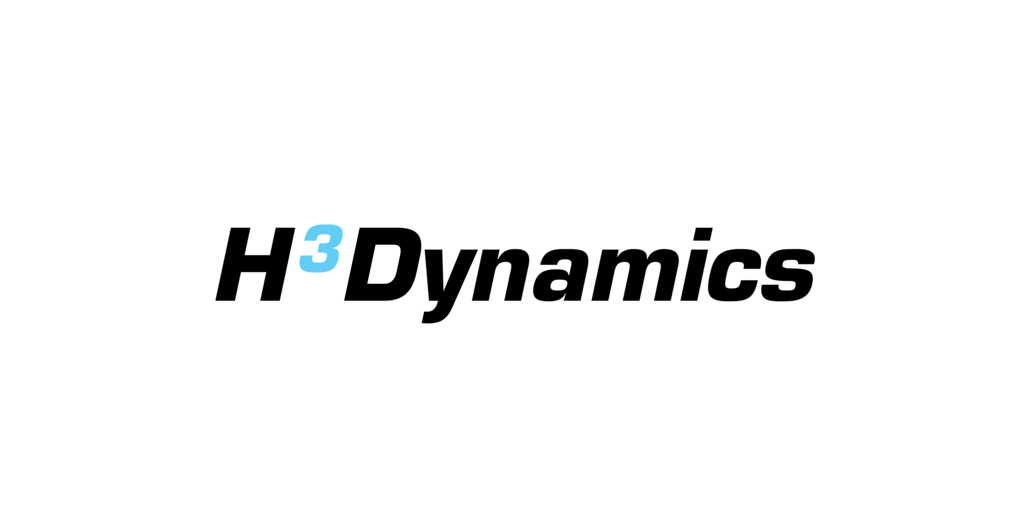
H3 Dynamics and Hylium Industries Join Forces to Progress Liquid Hydrogen-Electric Flight Capabilities
Published by Todd Bush on January 16, 2023
- Initial Focus on Unmanned Aircraft and Drone Industry, enabling a 10X Improvement over Batteries, and a 3X Improvement over Pressurized Hydrogen.
- Partners Have Been Preparing a First Liquid H2 Unmanned Aircraft Weighing just 25kg In a First Attempt to Cross the Atlantic on Hydrogen-Electric Power.
January 16, 2023 10:07 AM Eastern Standard Time
TOULOUSE, France & SEOUL, South Korea--(BUSINESS WIRE)--H3 Dynamics and Hylium Industries have joined forces to boost the performance of zero emission hydrogen-electric flight, by combining the strengths of Hylium's liquid hydrogen storage and liquification solutions, and H3 Dynamics' distributed hydrogen-electric propulsion nacelles, ultra-light fuel cells, and new hydrogen drone refueling stations.
Moving to liquid hydrogen represents a significant capability leap for small electric-powered unmanned systems. Cryogenic (liquid) hydrogen stores 3 times more energy as compressed gas in the same given volume. This means delivery drones will be able to fly further, mapping and ISR missions could be done on a much bigger scale.
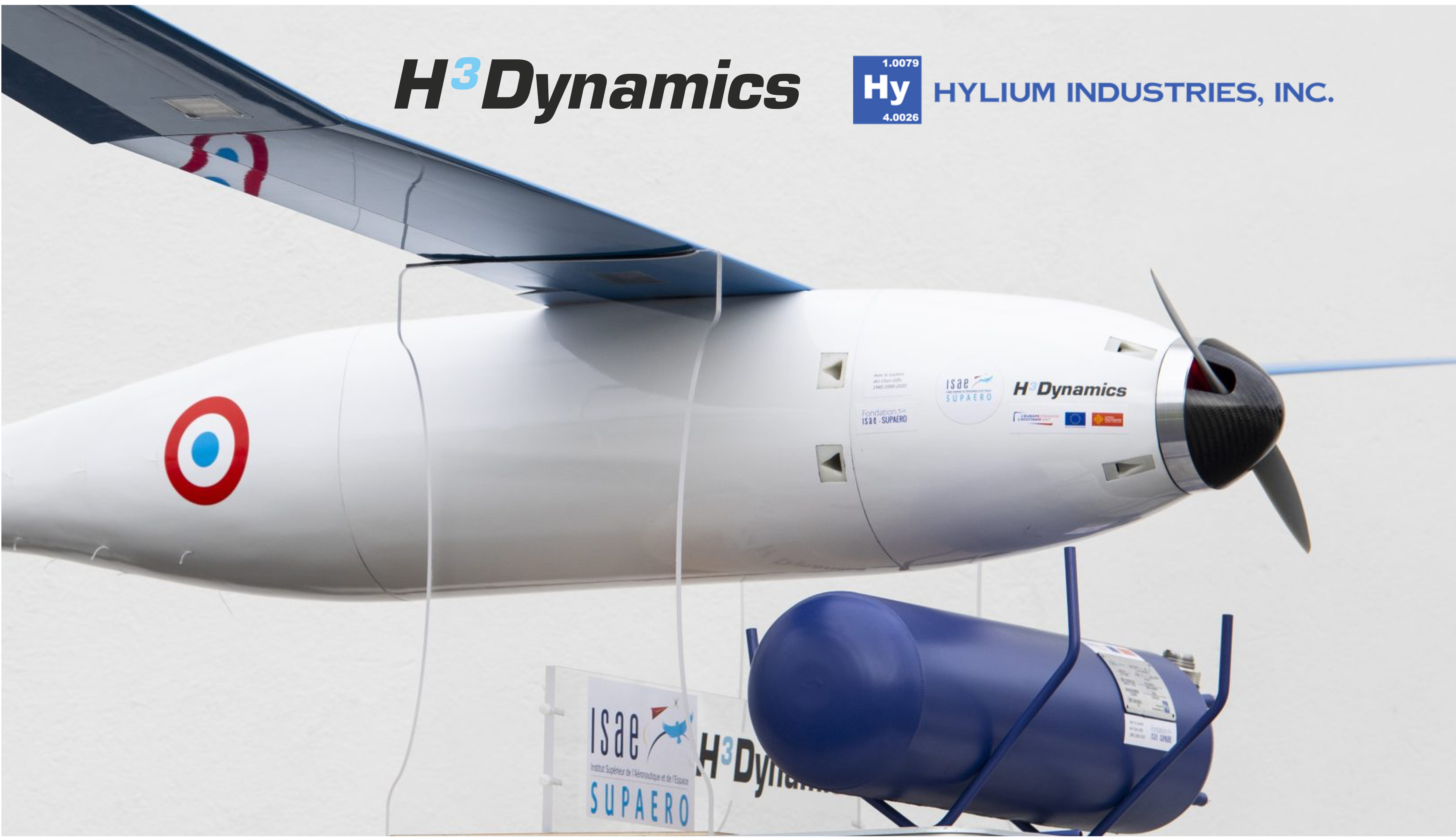
To illustrate the jump in performance, the same 25kg hydrogen-electric propulsion UAV demonstrated by H3 Dynamics last July in France, will be able to fly over 900km with a single fill. With pressurized hydrogen, that range reduces to 400km, which is still 3 times more than a battery-powered equivalent.
'When combined, our global best-in-class solutions achieve the global performance limit for low-altitude electric powered flight' says Taras Wankewycz, CEO H3 Dynamics. 'We are proud to be working with Hylium to move hydrogen-electric flight propulsion to the next level'
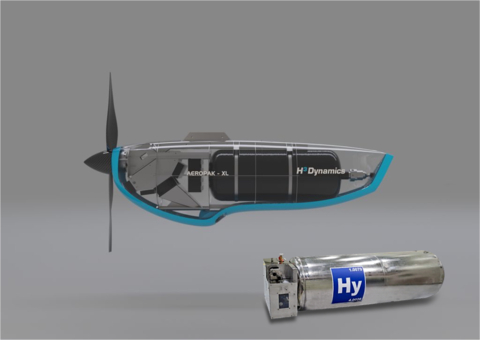
Now all the various forms of hydogen drones and UAVs powered by H3 Dynamics including hydrogen airships, multi-rotors, vertical take-off and landing (VTOL), have a way to further boost flight durations by another factor of 3 over pressurized hydrogen systems, or a factor of 10 compared to batteries.
H3 Dynamics also recently announced a first hydrogen production, and automated hydrogen refueling mobile station for hydrogen UAV operations. Named H2FIELD the mobile station produces hydrogen from water and delivers compressed hydrogen gas tanks to the operator with little human intervention and no required hydrogen expertise. H3 Dynamics and Hylium's partnership will upgrade the station so that it can fill liquid hydrogen tanks.
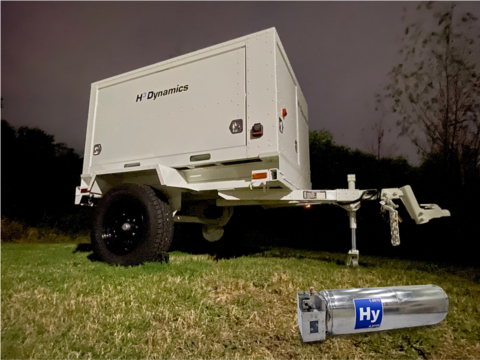
Developed in South Korea, Hylium's breakthrough technology provides one of the most advanced solutions and has already been proven in a number of applications. South Korea is also leading the development for LH2 standardisation. One local proposal was accepted as a draft standard by a global ISO committee.
Hylium and H3 Dynamics technologies are currently being integrated to attempt a 3,300km crossing of the South Atlantic, in a program led by ISAE SUPAERO Toulouse, one of the world's leading aerospace engineering schools. H3 Dynamics' team developed a special fuselage design that can store a small LH2 tank and manage the thermal behavior of all the propulsion sub-systems.
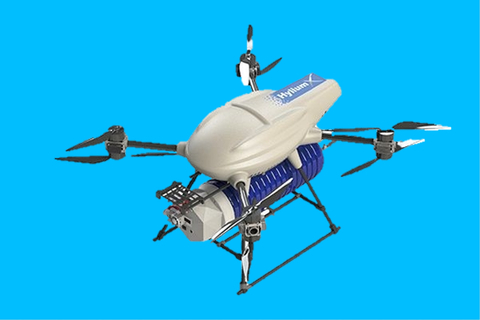
LH2 technology will also be a next step in H3 Dynamics' hydrogen-electric propulsor nacelles roadmap. A first twin engine cargo drone powered by these self-contained nacelles took off in the sky of Paris during the summer 2022, using 2 compressed hydrogen tanks – one in each nacelle. The goal now will be to switch them out for liquid hydrogen tanks with a lighter construction and a higher fuel capacity.
About H3 Dynamics
H3 Dynamics is on a mission to decarbonize aviation with a unique technology solution around distributed hydrogen-electric propulsion, as well as hydrogen refueling and airport power solutions. The company has created a unique pathway to de-risk long term hydrogen aviation developments by starting commercially now with small, scalable solutions. H3 Dynamics employs 93 team members from its 3 regional headquarters in Toulouse, Austin and Singapore. It is a member of the Alliance for Zero Emission Aviation under the European Commission, Sustainable Aero Lab, the Lufthansa Cleantech Hub, the Paris Advanced Air Mobility Alliance, and Aerospace Valley in Toulouse.
About Hylium Industries
HYLIUM INDUSTRIES, INC. was established in 2014 as a Korea Institute of Science and Technology (KIST) venture company. Since then Hylium have been developing the Korea's first cryogenic liquid hydrogen manufacturing and storage technologies with R&D support from the Korean Government.
Hylium has developed various technologies related to the hydrogen liquefaction system and owns over 20 patents and intellectual property rights, with more patents pending. In 2015 Hylium Industries' technologies were acknowledged by the Cryogenic Engineering Conference with a Russel B. Scott Memorial Award for the Best Application in Small-Capacity Hydrogen Liquefaction Technology.
Subscribe to the newsletter
Daily decarbonization data and news delivered to your inbox
Follow the money flow of climate, technology, and energy investments to uncover new opportunities and jobs.
Latest issues
-
Inside XCF Global's $300M Bet to Double U.S. SAF Output
Inside This Issue ✈️ Inside XCF Global's $300M Bet to Double U.S. SAF Output ⚙️ Capsol Technologies Signs MoU with US Utility to Deploy CapsolGT® for Low-carbon Gas Power Generation 🏭 Babcock &...
-
64 Carbon Projects Were Stuck. Texas Just Unlocked Them
Inside This Issue 🛢️ 64 Carbon Projects Were Stuck. Texas Just Unlocked Them ⚙️ In Ohio, Hydrogen Industry Presses on Despite Federal Uncertainty 🧲 Agami Zero Breaks Through With Magnetic Hydrogen...
-
This U.S. Plant Might Change Aviation Forever
In This Issue 🛫 A Georgia Plant Just Cracked Aviation's Fuel Puzzle 📉 CO2RE And ERM Release 2025 Update On Greenhouse Gas Removal Costs 🔗 Abatable Partners With BlueLayer To Streamline Corporate C...
Company Announcements
-
Eden Prairie, MN – Carba, a leading biocarbon technology and carbon removal company, today announced the close of a $6 million investment round led by Rusheen Capital Management and Canopy Generati...
-
COLUSA COUNTY, Calif., Dec. 4, 2025 /PRNewswire/ -- CarbonZero.Eco, a Silicon Valley–based, venture-backed climate technology startup pioneering regenerative agriculture and carbon removal through ...
-
NORTH VANCOUVER, BC, Dec. 7, 2025 /PRNewswire/ - Hydron Energy, a leading innovator in clean fuel and gas separation technologies, today announced the successful demonstration of carbon-negative Xe...
-
Facility will utilize Babcock & Wilcox’s SolveBright™ solvent-flexible CO2-capture process Full notice to proceed anticipated in March 2026 Baseload power demand is driving the need for ...